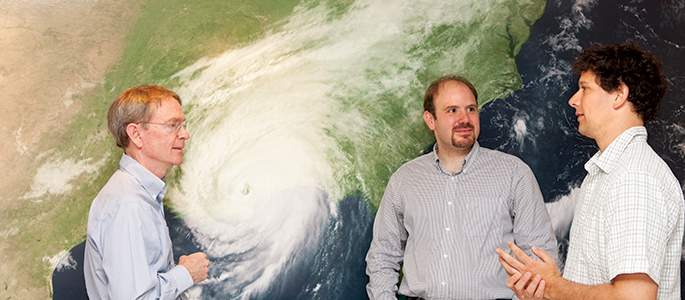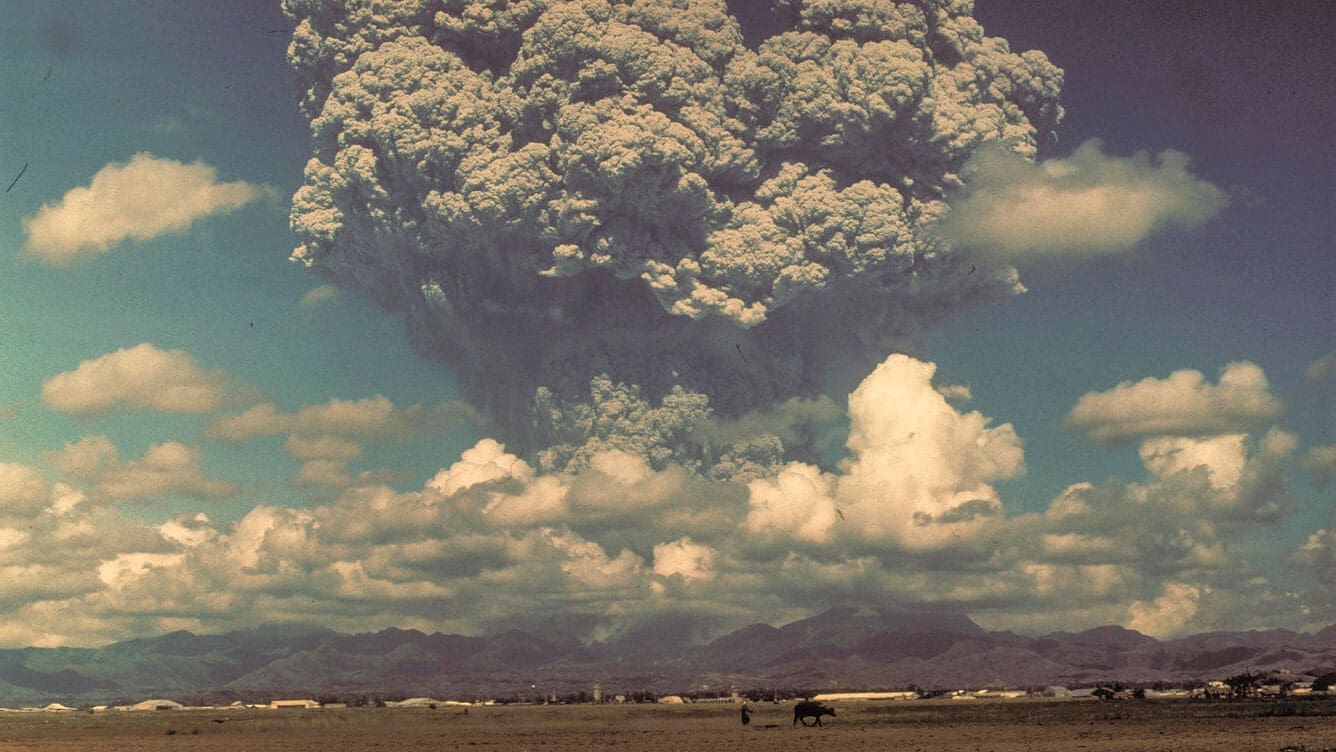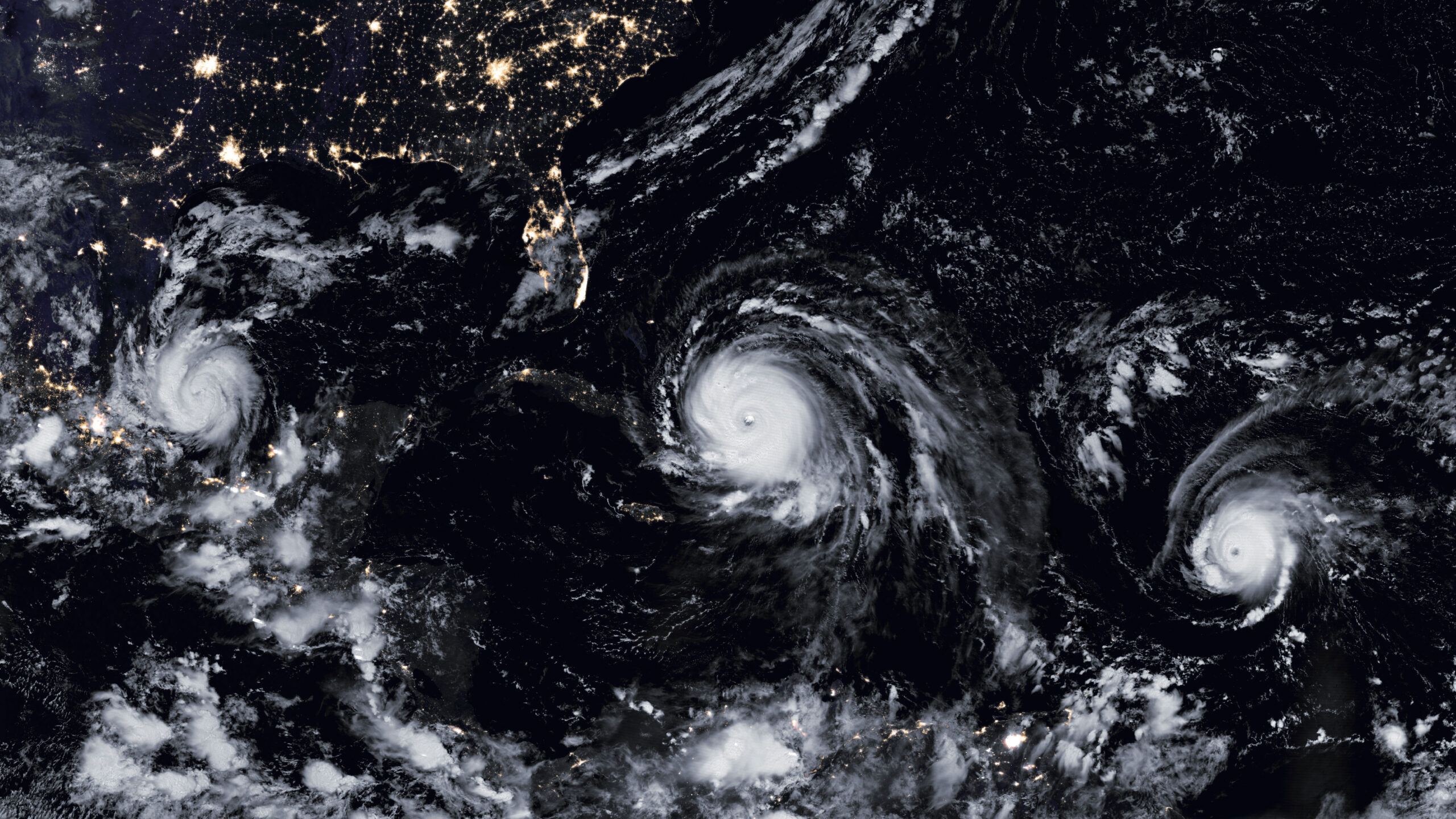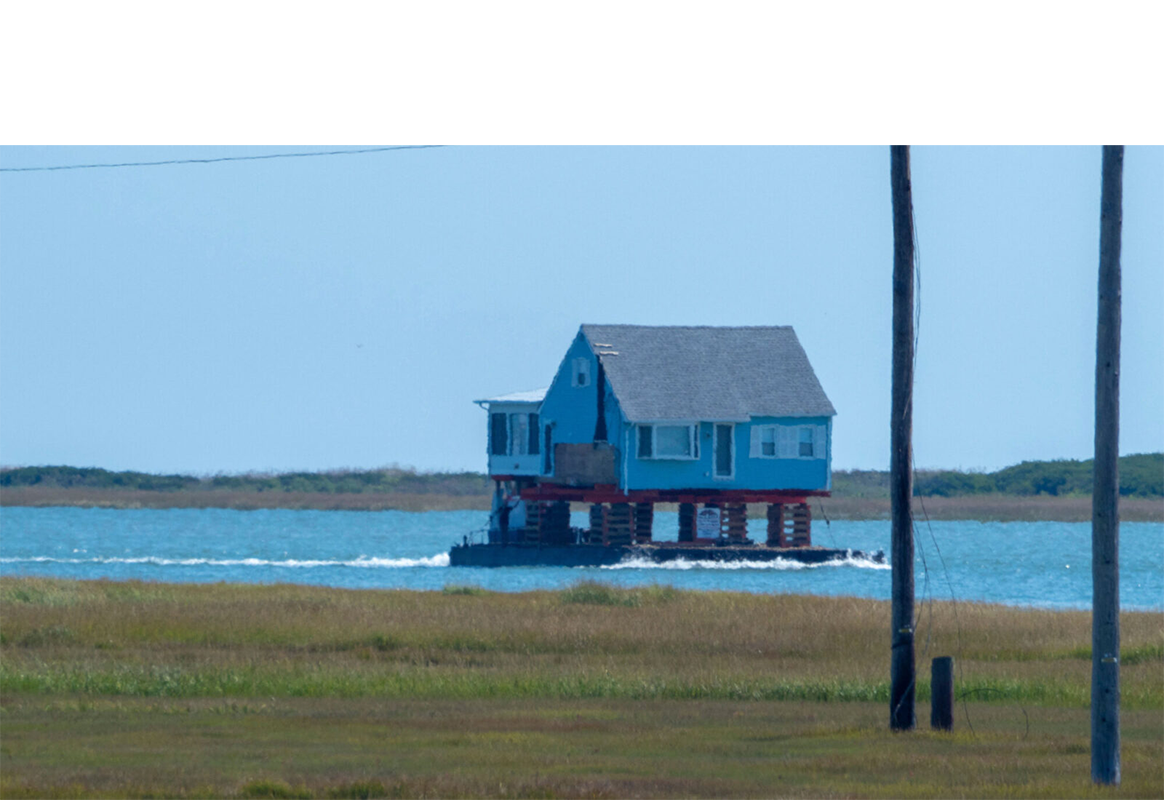Global changes mean complex future for tropical storms
By
on

Tropical storms in the Atlantic are likely to increase as the Earth’s climate warms in the first half of this century, but not for the reason that many people think.
By analyzing storm patterns over the past century, researchers at Princeton and the Geophysical Fluid Dynamics Laboratory (GFDL) found that the increase will be caused by changes in the levels of aerosols in the atmosphere rather than an increase in greenhouse gases.
In a recent report in the journal Nature Climate Change, Gabriele Villarini, a research scholar in the group of Princeton Professor James Smith, and Gabriel Vecchi of GFDL analyzed the impact that changes in aerosol levels are likely to have on storm formation. Aerosols are particles suspended in gas. In the atmosphere, aerosols can be naturally occurring, such as clouds or dust, or they can be a result of pollution.
In recent decades, countries have taken steps to reduce air pollution, particularly aerosols. That is good from the public health standpoint – pollution by aerosols contributes to a number of health problems. But aerosols also affect climate. High concentrations of aerosols can cause thicker clouds, which result in regional cooling. Conversely, a drop in aerosol concentration due to pollution control results in warming.
The researchers found that because aerosols tend to be distributed regionally, rather than globally like greenhouse gases, changes in aerosol levels can cause regional differences in sea-surface temperatures. Such temperature differences are directly connected to the generation of tropical storms in the Atlantic. If the tropical Atlantic sea-surface temperature is warmer than the overall tropical mean state, there will be a greater number of storms.
While aerosol reduction heightens regional differences, global warming is likely to drive an overall rise in ocean temperature. In a series of scientific papers over the past several years, Smith, Villarini and Vecchi presented mathematical models that use data ranging from old weather logs to modern satellite transmissions and concluded that the relatively uniform increases in sea surface temperatures brought on by global warming will not significantly increase the number of tropical storms in the Atlantic.
“If you just look at the rise in sea surface temperature, you would be frightened to death,” said Smith, chair of the Department of Civil and Environmental Engineering. “But it isn’t the temperature that is critical, it is the relative temperature.”
However, the researchers pointed out that their work does not make any projections about whether storms will become more severe as a result of climate change.
“This analysis does not bear any informa- tion on whether the strongest storms are go- ing to get stronger,” Villarini said. “You cannot extrapolate anything about that.”
Villarini said the researchers initially assumed that the aerosols’ effect would be similar to that of greenhouse gases. However, Vecchi, a climatologist and a visiting research scholar in Princeton’s atmospheric and oceanic sciences program, began to analyze the decrease in aerosols, and the climate models showed a substantial impact.
“The story became more and more interesting,” said Villarini, now a professor at the University of Iowa.
The unintended impact in cleaning up the aerosols shows the complexity of dealing with the changing climate. Villarini said the public health impact, as well as the benefit for the Earth’s ozone layer, is clearly a substantial benefit of the policy.
“The impact of the reduction in aerosols is multifaceted,” he said. “The impact is not only on the tropical cyclone, it has impact on the absorption and scattering of light and radiation and changes in precipitation patterns. Plus it has impacts on human health. All of these are elements to keep in mind.





